PLEASE! If You Must Use a Harsh Chemical Pest Repellent, Read This Before You Do
In addition to the risks associated with spot-on treatments, I am simply not aware of any chemical-based pest control pill, dip, solution, shampoo, or collar that’s without the potential for side effects.
Just because a compound is applied to or worn on your pet’s fur doesn’t necessarily mean it’s safe. Be aware … what goes on your pet typically ends up in your pet’s system.
Fleas, ticks, and mosquitoes feed first on unhealthy animals. So the goal of preventive pest control is to bring your dog or cat to optimal health, which will make them naturally more resilient and less attractive to pests.
If for some reason you find yourself in a situation where you simply can’t avoid using a chemical pest preventive, please do your beloved dog or cat a huge favor and follow these tips to reduce the toxic risks to your pet …
• Be very careful to follow dosing directions on the label, and if your pet is at the low end of a dosage range, step down to the next lowest dosage.
• Be extremely cautious with small dogs, especially if you own one of the breeds reported to be at high risk for adverse reactions. And do not, under any circumstances, apply dog product to your cat.
• Don’t depend exclusively on chemical treatments. Rotate natural preventives with chemical ones. (See our all natural Flea and Tick Formula and Flea and Tick Bundle)
• Monitor your pet for symptoms and adverse reactions (mentioned above in the section on what the EPA spot-on incident report revealed) after you apply a chemical product – especially when using one for the first time.
I’ve never felt completely comfortable with the various flea and tick medications over the years… between the warnings of getting it on your own skin, and having to keep kids away from them for the first 24 hours, so that they don’t touch it… you wonder how safe it really can be.
*This formula also repels flies and mosquitos!


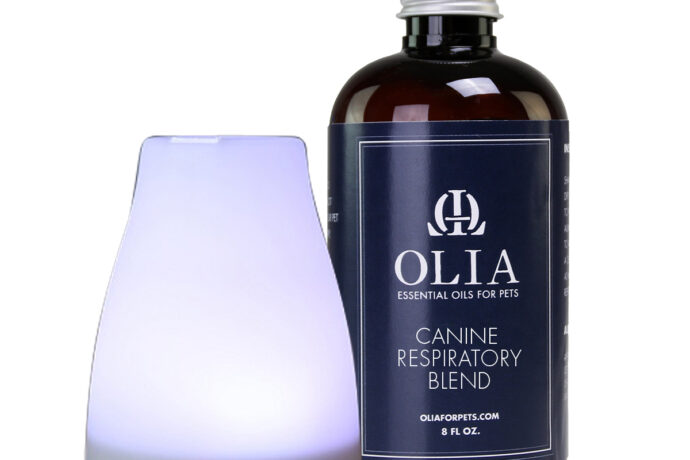
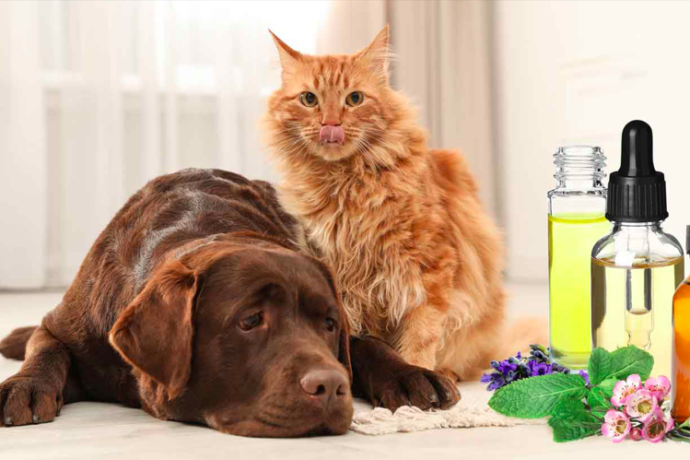
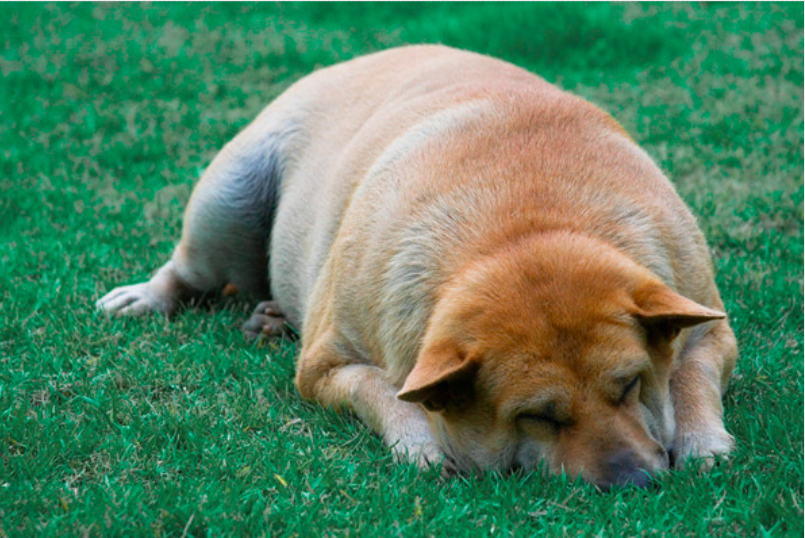
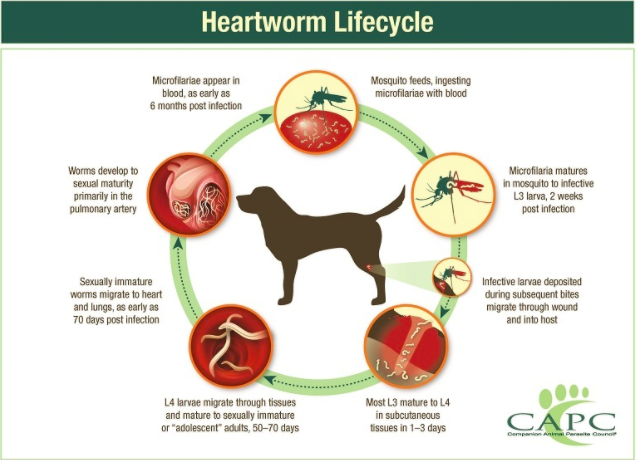


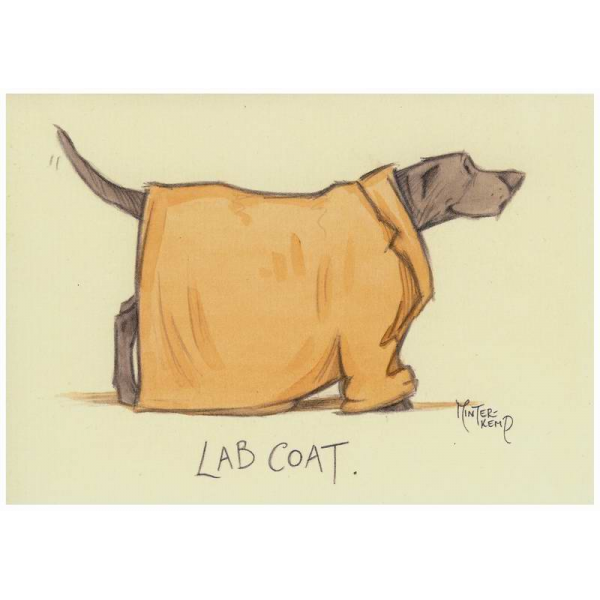



Leave a comment